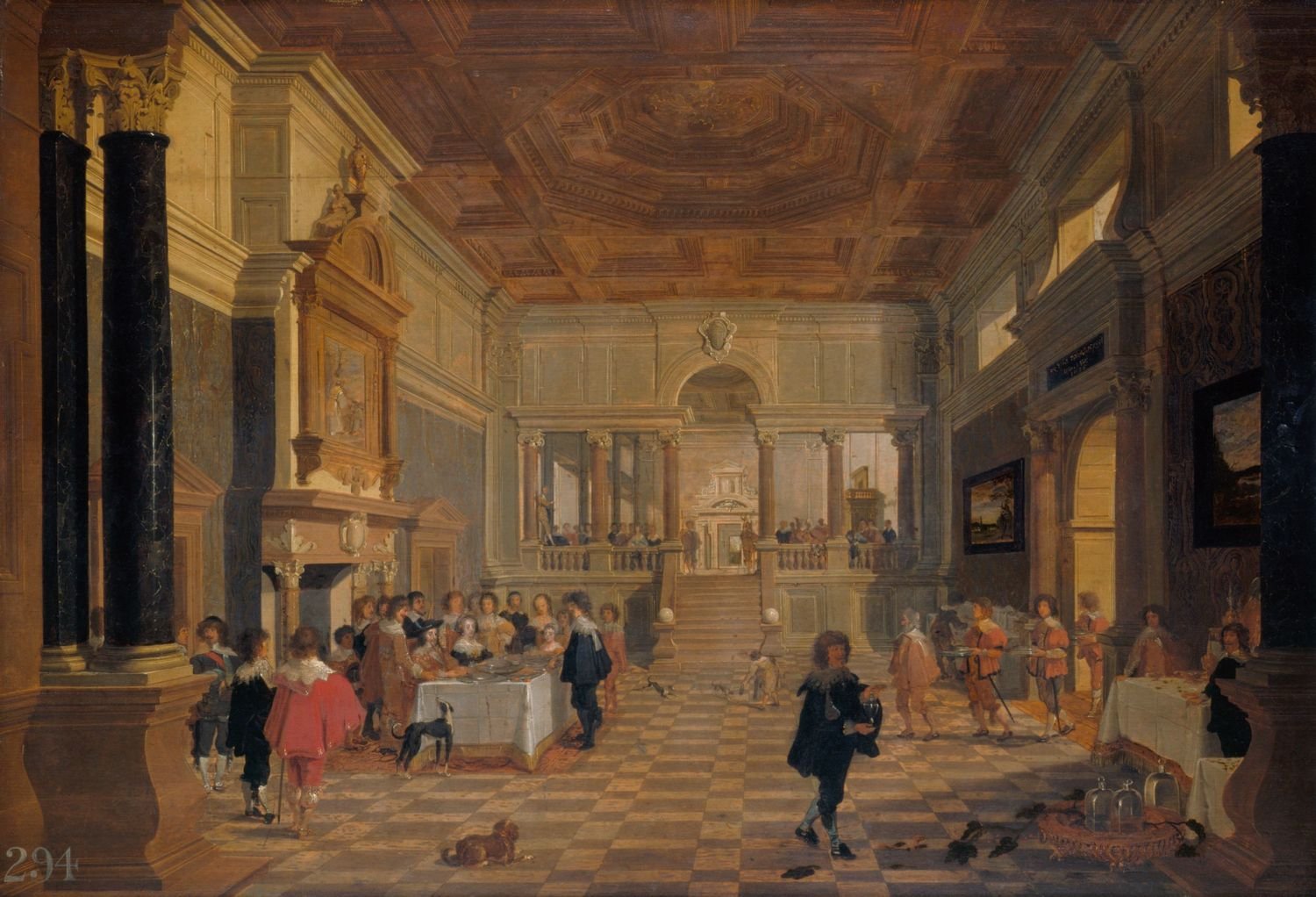Public Dining in the Reign of Charles II (1630-1685)
The ritual of public dining and its trappings in the time of Charles II

Dining in public was an important aspect of royal display and a way of offering access to the sovereign. Important members of the court were given the honour of serving the king, carving his meat and pouring his wine in front of a crowd of spectators
Public dining was a frequent practice in the reign of James I (1566–1625), who liked elaborate spectacle and lavish entertainment. Following the Restoration of the monarchy in 1660, the custom was revived by Charles II (1630–85) with great splendour and ritual. While breakfast and supper were private, the king's dinner, eaten in the mid-afternoon, was held at least once a week in the Presence Chamber of the state apartments or in the Banqueting House at Whitehall.
On these occasions Charles II was served with 26 dishes prepared by his Master Cook. Even when the king was not dining in public, 16 dishes were still served as a symbol of his presence. The king followed the ritual he had known as a child at Whitehall Palace using the salt, silver-gilt plates, spoons, forks and four gold dinner plates. The table was covered in fine linen embroidered with his monogram and his chair positioned under the canopy of state (a permanent fixture in the Presence Chamber and Banqueting House). A great cupboard of estate positioned next to the table was used for the storage and display of the king's silver.
Each member of the household in attendance had a specific role in serving the meal. Three officers attended: a carver, server and a cup bearer who each presented the king with dishes while on bended knee. A procession of liveried servants would then bring the food to the king's table. The king would choose from the food offered and his attendants would carve and taste each portion before placing it before him. Spectators were allowed to revel in the ritual feasting from behind a balustrade or a rail.
Click on an object below to learn more about the ritual of public dining in the time of Charles II.







